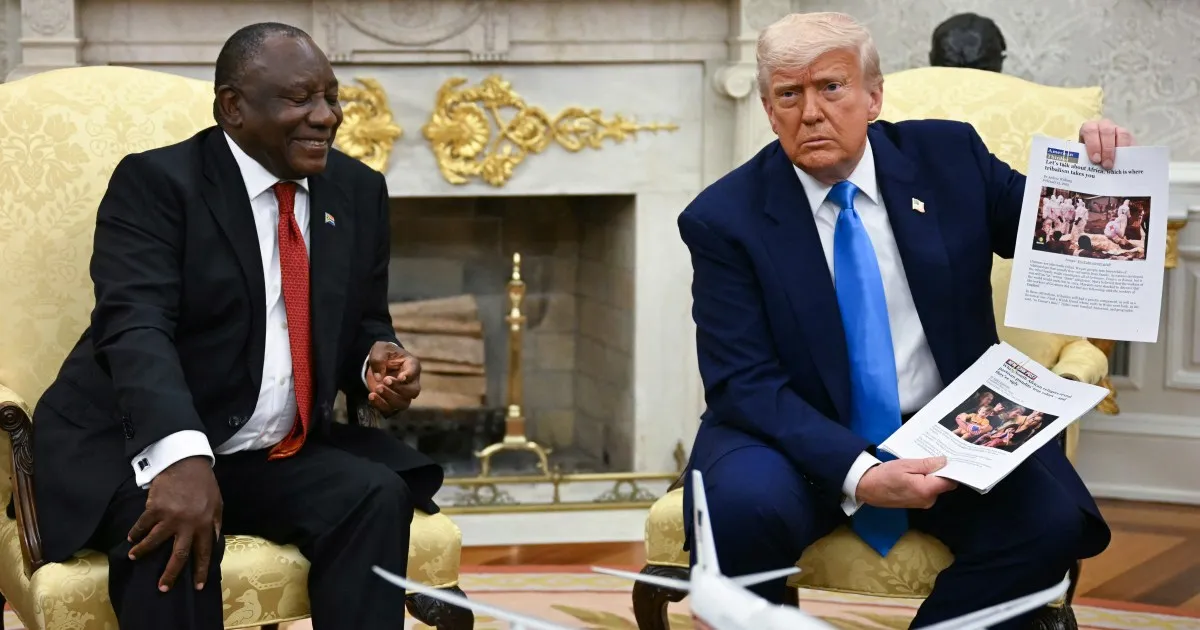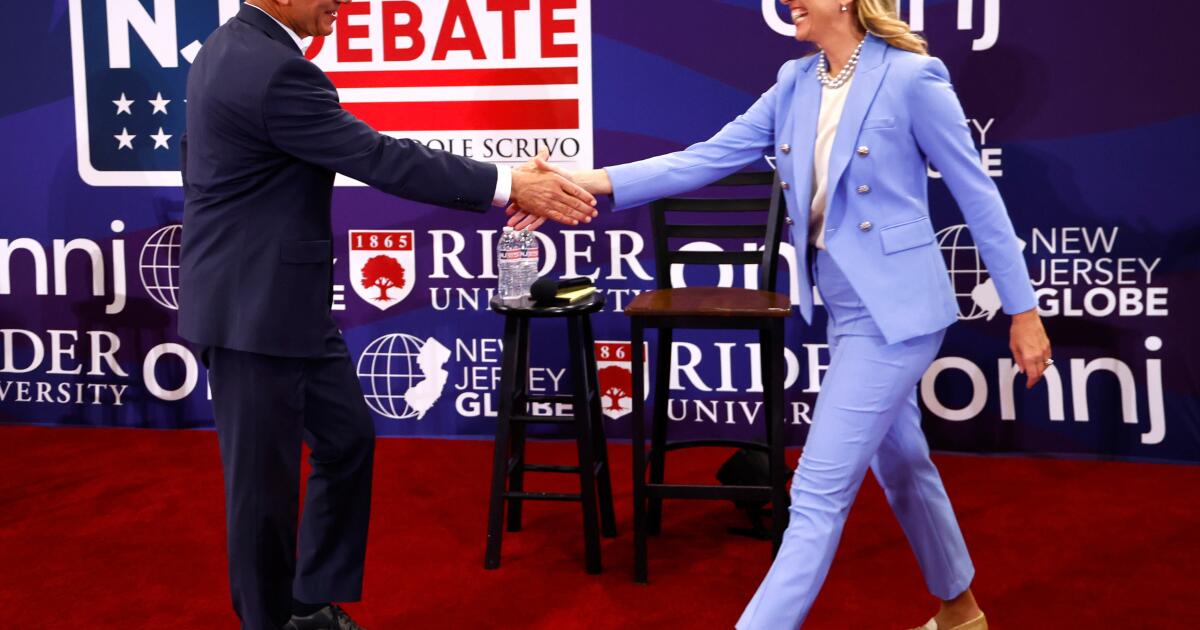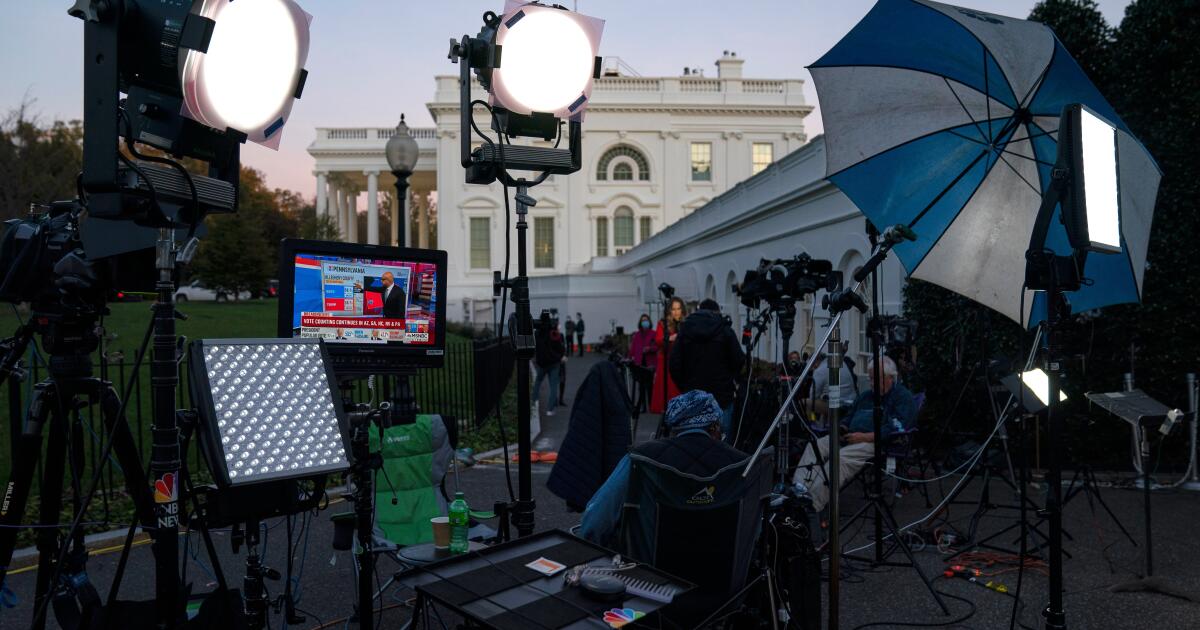White Lotus star Aimee Lou Wood will no longer front the Marks & Spencer Christmas advert despite being involved in the promotional clip in August
Aimee Lou Wood has been ‘dropped by M&S’, according to reports. The White Lotus star was set to be the face of the new Marks and Spencer Christmas advert, but appears to have been cut from the production.
The claim comes after the retail giants are said to have initially wooed the 31-year-old actress with a huge fee. Any appearance would have seen her follow the likes of Hannah Waddingham and Sophie Ellis-Bextor in featuring in the festive fun.
However, despite appearing in the promo clip in August, Aimee is thought to have been removed by the brand who have reportedly chosen to go in a different direction.
READ MORE: Stephen Graham shares huge update on ‘completely different’ Adolescence sequelREAD MORE: Cheryl Tweedy makes rare public appearance alongside Celebrity Traitors icon
A spokesperson for M&S told Mail Online: “We really enjoyed working with Aimee Lou Wood during the early stages of this year’s Christmas campaign – she brought great energy and creativity to the process.
“As the campaign evolved, we started to embed a new product-focused strategy under new leadership. So, rather than a single-hero advert, the campaign was reshaped around a series of festive films and influencer content-drops aligned to key seasonal shopping moments – from gifting and hosting to partywear – delivered through a social-first, multi-channel approach across social media, digital, out-of-home and print.”
It could be seen as a blow for the Stockport-born actress. However, after finding fame in Netflix’s comedy drama Sex Education, she has continued to go from strength to strength before the M&S dropping.
She also portrayed Chelsea in the third series of the Sky Atlantic drama last year. It’s thought she had signed a deal to lead the M&S ad in the summer. But with a change in direction, comes new faces.
It comes as the eagerly anticipated John Lewis advert received a mixed response. It was attempting to pull at the heartstrings with its latest offering that focuses on a father and son struggling to find the words to say how much they care about each other.
That all changes when Dad finds a present addressed to him while packing away the wrapping paper for another year on Christmas morning. This year the famous advert is soundtracked by 90s dance icon Alison Limerick’s hit Where Love Lives, with a newly reimagined version by globally acclaimed artist and producer Labrinth also featuring.
However, while some shed a tear, others blasted the production as “Depressing, boring and not very Christmassy!”
“Just seen the John Lewis Christmas advert,” one user wrote on Twitter/X. “Thought it was dull, depressing, boring and not very Christmassy,”
Another posted on the platform: “The John Lewis Christmas Advert is TERRIBLE!!! What a bunch of nonsense. Unimaginative, unfestive, rubbish. Bring back Moz the Monster or Edgar the Dragon!! #JohnLewisChristmasAdvert #JohnLewis #Rubbish.”
A third was left conflicted, writing: “John Lewis ad 2025 – I’m not sure, it’s underlying message of father son communication is great, but it’s portrayed in such a dark way, you don’t know what’s happening, it’s very vague, and not very festive at all, bordering on depressing even!”
Like this story? For more of the latest showbiz news and gossip, follow Mirror Celebs on TikTok, Snapchat, Instagram, Twitter, Facebook, YouTube and Threads.















